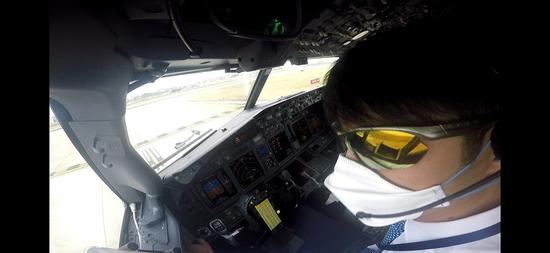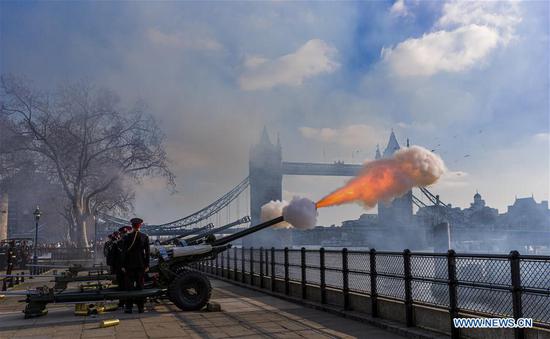Around 100,000 homes remain without power in Sydney on Monday, after the heaviest storm in 30 years lashed Australia's east coast.
The storm brought damaging winds, dangerous surf conditions and flash flooding. The Bureau of Meteorology said over the past four days there has been 391.6 mm of rain, making it the wettest period since February 1990.
With flash flooding impacting communities along the Georges River to the South and the Hawkesbury River to the North, along with other low-lying areas across the city, the New South Wales (NSW) State Emergency Service (SES) has responded to approximately 10,000 calls for help and performed at least 150 flood rescues.
In one case, police divers continued to search for a man who is feared dead after his car was swept off a causeway at Galston in the city's north.
Warning motorists not to drive through floodwaters, SES Assistant Commissioner Paul Bailey told the Australian Broadcasting Corporation, "it is inherently dangerous to be driving through water," he said.
"There will be areas of water, especially people driving in the Sydney area, driving to work. On those kerbside lanes, there's still lots of water in the areas that hasn't gone away."
"So, we are asking people to be very careful as they drive to work. And this might be one of the days that, if you can work from home, that would be a good way to do it."
Making matters difficult however, is that public transport services across Sydney have gone into meltdown.
"Severe weather conditions have affected roads and transport infrastructure across the state including flooding, trees in overhead wiring and backing tracks, external power supply issues and signal equipment repairs causing extended delays across train lines and many roads," Chief Operations Officer for Transport NSW Howard Collins said in a statement.
"We are advising the community to expect delays continuing into tomorrow and next week as widespread heavy rainfall and flood risks continue along the east coast. We ask our customers to postpone their journey if possible or to allow plenty of additional travel time."
"Over the past few months, road and rail infrastructure has been impacted by bushfires and severe storms, and while many services will resume and roads will reopen as weather conditions ease, the road and transport network will take time to recover from the damage caused."
As a result, a total of 54 schools have also been closed across the Sydney and Central Coast region on Monday.
While the low-pressure system has wreaked havoc on much of the state, the deluge is expected set to bring some much-needed relief to agricultural communities who have been locked in the grips of the worst drought on record.
The downpour is also a godsend for firefighting authorities who have been battling the most deadly bushfires in the country's history over recent months.
Another positive is that the Warragamba Dam which supplies around 80 percent of Sydney's drinking water has risen from 43 percent capacity to 62 percent.
In the previous month, Sydneysiders have been forced to comply with tight water restrictions due to the reservoir's rapidly dwindling freshwater supply.
Although the rain has now stopped, more heavy storms are forecast for later this week.


















































